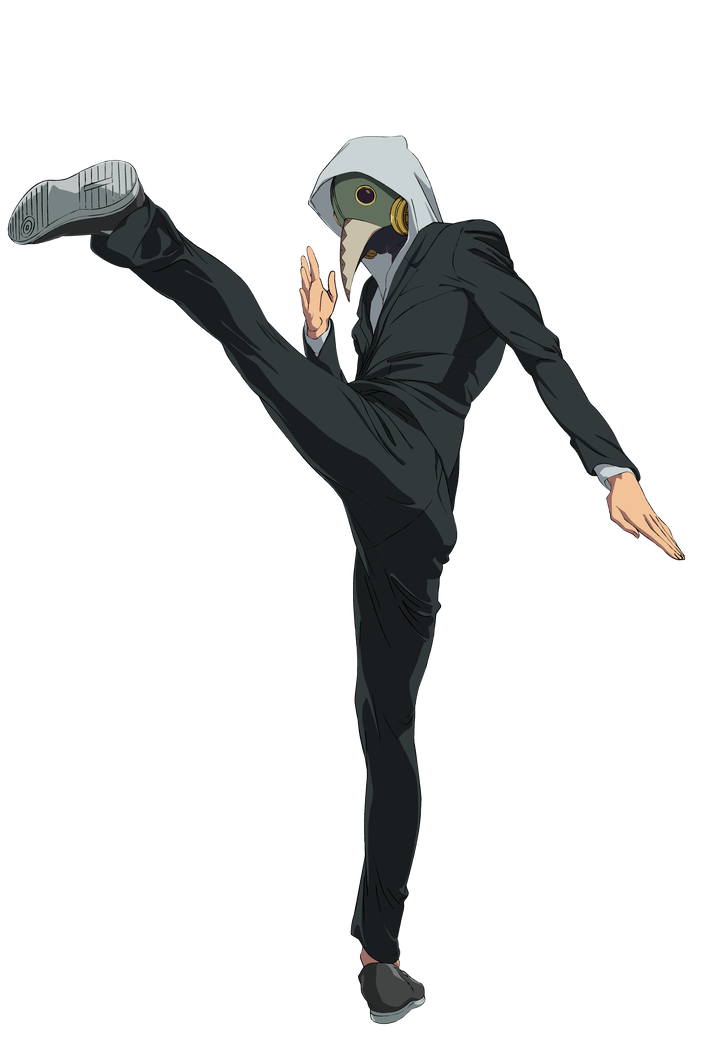# Unlocking the Power of Onomatopoeia: The Hidden Language of Chainsaw Man Manga!
##
Introduction to Onomatopoeia in Manga
Onomatopoeia—a term that rolls off the tongue as smoothly as it conveys meaning—refers to words that phonetically imitate or resemble the sound they describe. In the realm of manga, particularly in high-octane series like *Chainsaw Man*, this linguistic gem becomes a vibrant tapestry that breathes life into the illustrations. Imagine not just reading the words, but feeling them reverberate off the page! This phenomenon transforms silent panels into symphonic experiences that captivate our senses and ignite our imaginations.
In *Chainsaw Man*, the use of onomatopoeia is not merely decorative; it is integral to the storytelling. Each “vroom,” “slash,” and “bang” serves a dual purpose of enhancing the narrative and immersing the reader in the chaotic world of devils and hunters. As we dive deeper into the pages, we discover how these sound words encapsulate the raw energy and emotional weight of the characters and their battles. They act as a bridge, connecting us to the visceral experiences of Denji, Power, Aki, and their fearless confrontations with supernatural forces.
As we explore this hidden language, we unlock a more profound understanding of the manga’s rhythm and pacing. Onomatopoeia becomes a tool that shapes our perception, guiding us through the intense highs of action scenes and the quieter, more reflective moments. So, let’s rev up our engines and plunge into the exhilarating world of *Chainsaw Man*, where sound and story collide, creating an adventure that resonates not just in our minds but in our hearts!
##
The Emotional Resonance of Sound Words
One of the most captivating aspects of onomatopoeia in *Chainsaw Man* is its ability to evoke emotions. Sounds can transport us to a place that mere dialogue sometimes cannot. When Denji revs up his chainsaw, his fate is sealed with a resonant “vrrrmm!” that not only signals action but also embodies his struggle and aspirations. It’s not just a sound; it’s a manifestation of his desires, fears, and relentless pursuit of a brighter future. This deep connection makes every clash feel more significant, inviting us to cheer for Denji as he faces his challenges head-on!
But it’s not only Denji who gets to shine through these evocative sounds. Characters like Power and Aki each have their distinct sound signatures that reflect their personalities. Every “thud” of Aki’s heavy steps reverberates with his stoic demeanor, while Power’s “swish” and “snatch” resonate with her unpredictable nature. This clever use of onomatopoeia allows readers to connect with the characters on a visceral level, creating a deeper bond that enhances our emotional investment in their journeys. It’s these layers of sound and personality that make us feel like we truly know these characters, cheering them on through their triumphs and trials!
Moreover, these sound elements can punctuate moments of tension and release. The sudden “CRACK!” of a broken bond or a looming defeat can make our hearts race, while the gentle “whisper” of a confession can leave us breathless. This duality of sound amplifies the stakes within the story, making each page turn feel like a rollercoaster ride. The emotional resonance of onomatopoeia gives us an experience that transcends mere reading, plunging us into the very essence of the narrative. So, let’s embrace these sensations—they remind us of our own battles and triumphs in life!
##
The Visual Symphony of Action
In *Chainsaw Man*, action sequences are choreographed with a visual rhythm that can only be described as a symphony. The onomatopoeic words work hand-in-hand with dynamic artwork, creating a harmony that makes every fight scene pulse with energy. As Denji battles devils, the sound words erupt from the panels like fireworks, each “slash” and “crash” inviting readers to feel the impact of his movements. Each sound transports us into the heart of the action, making us feel as though we’re right there beside him, adrenaline pumping!
The placement of these sound words adds another layer to the art. They may burst forth from the characters’ mouths in a bold font, or they might be integrated into the background, as if the very environment is echoing the chaos. This clever integration transforms static images into kinetic experiences, inviting readers to not just observe, but to feel the thrum of adrenaline coursing through their veins. The result is an immersive experience that pulls us into the manga’s world, making it impossible to look away as we lose ourselves in the unfolding drama!
The visual symphony reaches its zenith during climactic battles—where the action is so intense that the sound words begin to overlap, creating a cacophony that mirrors the turmoil on the page. This orchestration of sights and sounds heightens our engagement, making manga reading a multidimensional experience. It’s a reminder that storytelling can be as much about what we hear as it is about what we see, and in *Chainsaw Man*, this concept is masterfully executed. So let’s celebrate this beautifully chaotic symphony, for it fuels our passion for storytelling and reminds us of the power of imagination!
##
Building a Unique World with Sound
Onomatopoeia in *Chainsaw Man* does more than enhance action; it builds a unique world filled with its own auditory landscape. Each sound word contributes to the atmosphere of the manga, shaping our understanding of the environment and its inhabitants. The “growl” of a lurking devil or the “whirr” of Denji’s chainsaw creates a vivid soundscape that immerses us in this fantastical realm. These auditory cues are like brush strokes on a canvas, painting a world that feels both fantastical and hauntingly tangible!
This unique auditory experience extends to the themes of the manga, as the sounds encapsulate the duality of life and death, hope and despair. The “thump” of a heart or the “whoosh” of a fleeting moment of happiness brings forth the fragile nature of existence within the brutal world of devils. Each onomatopoeic expression adds to the richness of the narrative, illustrating the complexities of life that resonate deeply within us. It’s a captivating reminder that, even amidst chaos, moments of beauty and sorrow can coexist, making our journey through life an intricate tapestry of experiences.
Moreover, this sonic world-building invites readers to explore their own interpretations. Every reader may hear something different when reading the same word, making the experience personal and unique. This interplay of sound and meaning transforms *Chainsaw Man* into a participatory art form, allowing us to engage with the story on our own terms. It’s a delightful reminder that each of us brings our own experiences to the table, enhancing the richness of the narrative tapestry. So let’s cherish these unique sounds as we journey through stories, for they remind us that every voice and experience matters!
##
Conclusion: The Joy of Sound in Storytelling
In conclusion, the emotional and auditory magic of onomatopoeia in *Chainsaw Man* creates a vibrant tapestry that enriches our reading experience. It dives deep into the hearts of characters, brings action to life, and builds a world that throbs with sound. By embracing these elements, we connect more profoundly with the story and the vibrant characters who inhabit it. The joy of sound in storytelling invites us to celebrate our own narratives, reminding us of the beauty found in both the loud and quiet moments of life.
As we close the pages on this exhilarating exploration, let’s take these lessons to heart. Just as *Chainsaw Man* teaches us to listen to the sounds around us, we too can find joy and meaning in the symphony of our lives. So, let those “vrrrmm!” and “bang!” moments inspire us to pursue our dreams and face our challenges with fervor. Remember, our voices matter—so let them be heard! Embrace each day with energy and enthusiasm, and know that you have the power to create your own beautiful narrative!

